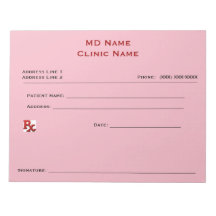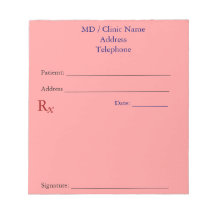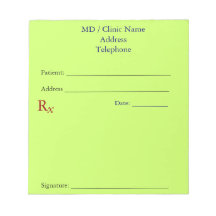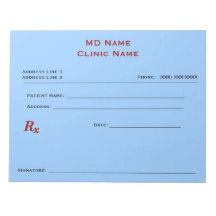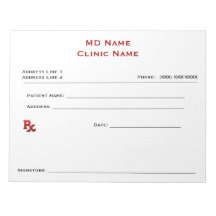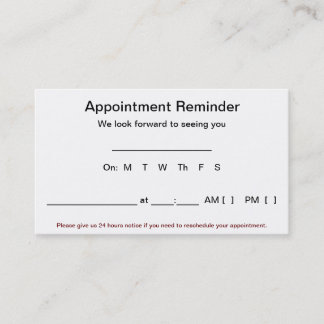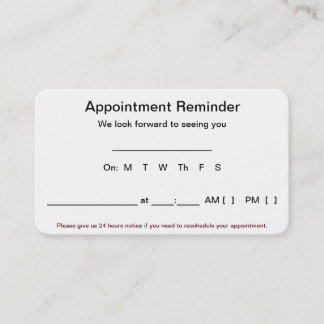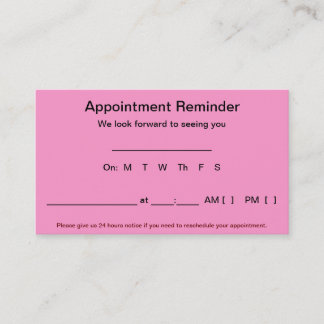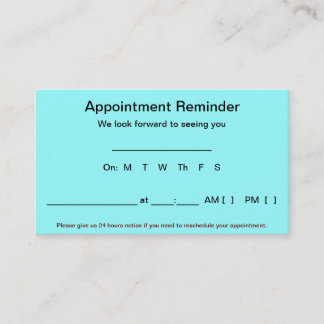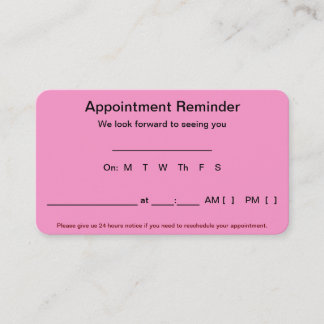Clear communication and regular meetings/training
No matter how comprehensive your policies are, they don’t mean much if they’re not consistently communicated. When you realize just how crucial direct, ongoing conversations are, make a point of scheduling frequent check-ins and cross-departmental sessions at every clinic you operate. These shouldn’t be just standard conference calls or email blasts. Organize in-person or video conference meetings designed to tackle specific areas of the business — patient care protocols, compliance updates, marketing strategies and more.
In these sessions, encourage open dialogue. I’ve found it’s vital to give local managers and staff members a platform to voice issues or share innovative ideas that arise from on-the-ground experiences. After all, each location has its unique challenges, and acknowledging them fosters an inclusive culture that values collaboration.
Regular training supplements these discussions. This goes beyond a stale PowerPoint presentation on standard operating procedures. Instead, try coordinating hands-on workshops and skill-building exercises where employees at all levels can learn best practices in patient interaction, data compliance or new technologies.
When your teams are given a recurring forum to learn, share feedback and exchange success stories, you cultivate a sense of unity and transparency. Suddenly, protocols become collective goals everyone is invested in achieving.
Balanced local clinic culture with companywide consistency
One of the biggest mistakes CEOs tend to make early on is assuming that once a new location starts using your brand name and wearing matching uniforms, everything will fall in line. The reality is that each branch comes with its own set of cultural norms — especially true if you’ve acquired a clinic that has been in operation for years. Ignoring these nuances can lead to resistance, confusion and, eventually, a fractured brand image.
Instead, learn to embrace these local cultures while carefully integrating them into your company’s overarching identity. Start by sharing your mission, vision and values in ways that resonate with the team’s existing strengths. If a particular site excels at patient outreach but struggles with internal communication, tailor your training and resources to shore up weaknesses without undercutting what they do well.
It also helps to have companywide events — whether virtual or in person — where staff from different locations can interact and learn from each other. In these settings, people discover shared values and objectives, bridging any gaps between “their way” and “our way.”
Uniformity across clinics for profitability and patient trust
When you’re running multiple clinics, consistent service delivery equates to profits. Patients and clients expect the same quality of care and professionalism regardless of which branch they visit. If they sense disorganization or experience a dip in service at a particular location, their trust in your entire brand can falter.
The same logic applies to your staff. High-performing employees want to work where standards are clear, collaboration is encouraged and advancement pathways are transparent. If each clinic is operating in a silo, talented staff members may jump to locations or companies that better align with their career expectations.
Moreover, uniformity enables predictable and measurable growth. When every site adheres to the same guidelines for patient intake, billing and follow-up, you can accurately measure key performance indicators across the board. These data are invaluable for strategic planning; if one clinic outperforms another, you can pinpoint best practices and replicate them systemwide, optimizing revenue generation.
Taken together, strong retention and predictable operations create a virtuous cycle of satisfied patients becoming loyal advocates who refer friends and family, while motivated employees drive efficiencies that keep costs in check. In my experience, it’s this alignment that sustains profitability over the long term, far more effectively than any one-off marketing campaign ever could.
This system, when implemented intentionally, can ensure that no matter where patients or employees engage with your company, they experience the same standards of excellence. And that, in my book, is the key to long-term growth.
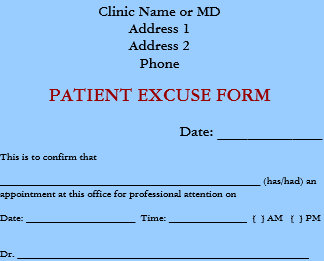
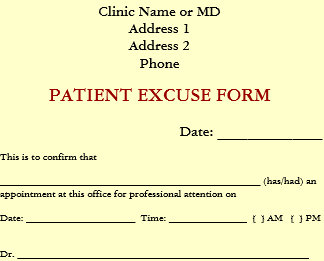
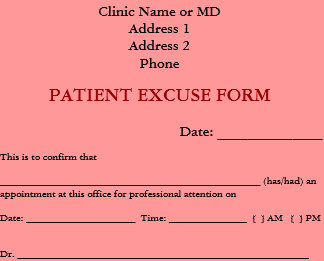






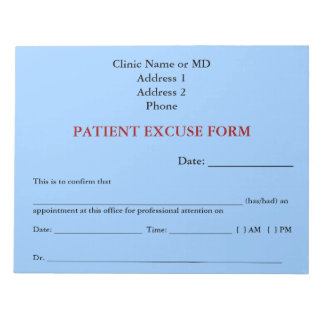
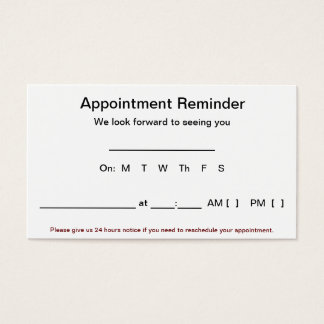
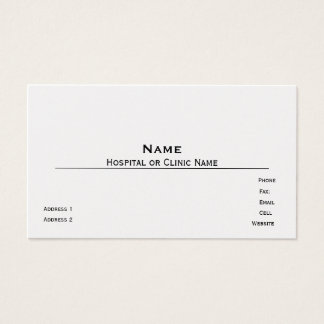
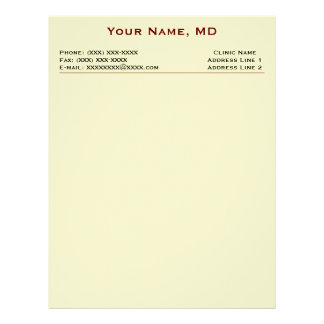

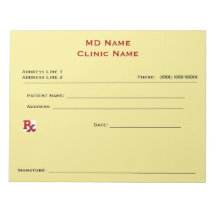
 Manual Prescription Pad (Large - Yellow)
Manual Prescription Pad (Large - Yellow)